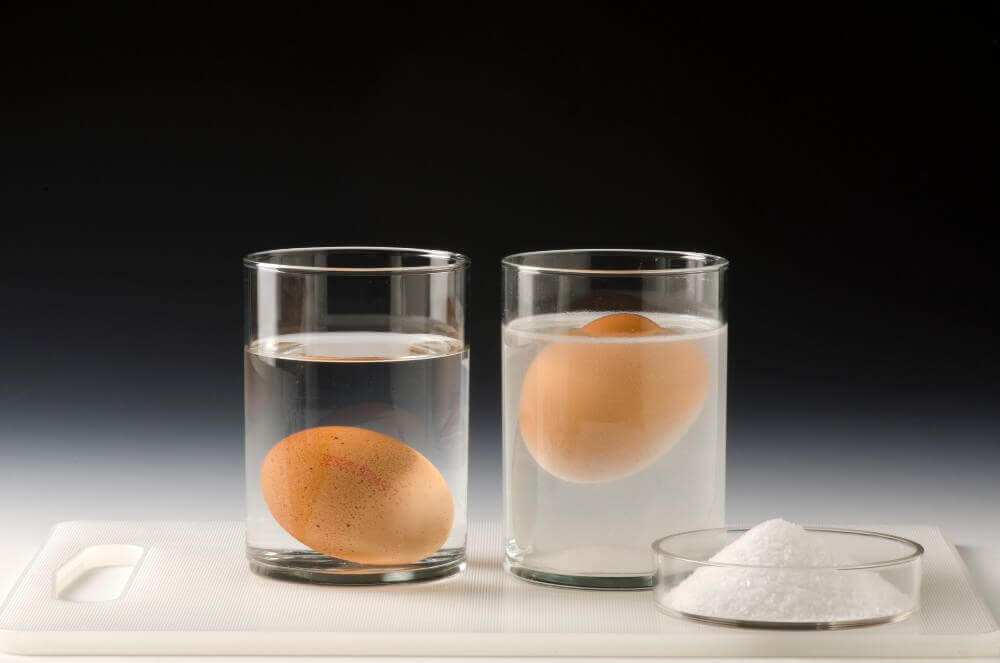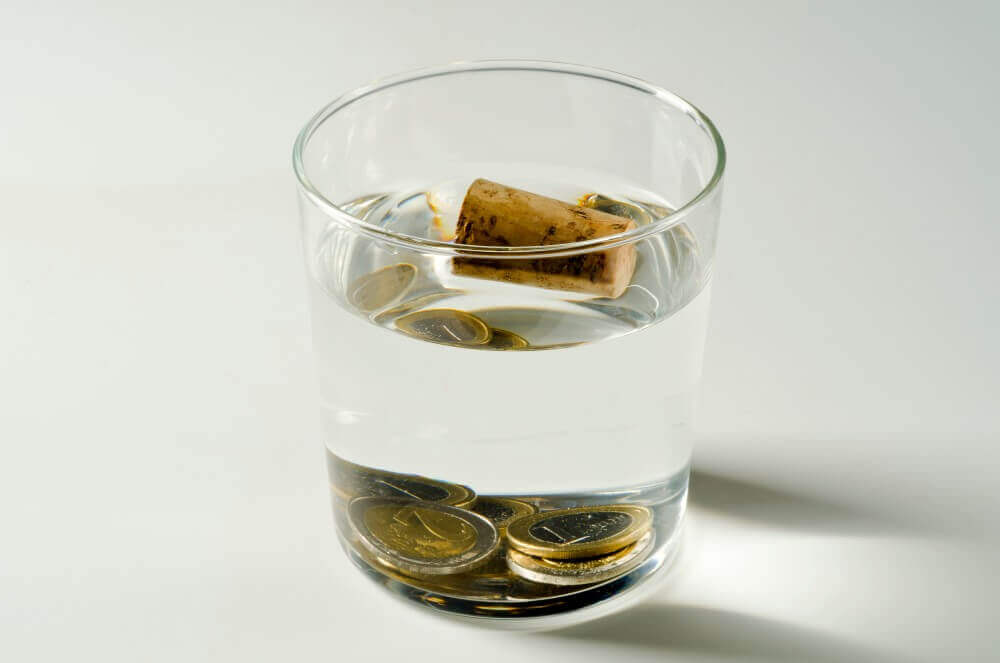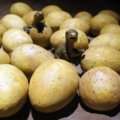My toddler niece asked me an interesting question the other day – why does her large rubber ducky float in a bathtub filled with water, but a small thing like her friendship bracelet plops right down to the bottom?
Contents
As is often the case, I immediately sensed an opportunity for some fun and an opportunity to impart wisdom!
Unfortunately, that wisdom is limited when it comes to matters of science. Thankfully, my trusty friend, the internet, came to the rescue once again. A quick search and I had all the concepts at my fingertips. But one thing that I have learned from my job (I am in advertising) is that a complex idea is no fun until you package it in something nice.
And therefore I set out to do a series of interesting experiments with my niece. Here is what we did.
The Concepts Behind Floating
Before we go any further, let me help out you, my reader, who is as scientifically challenged as I was! There were many misconceptions in my mind about floating and sinking, such as:
- The heavier the object, the more likely it is to sink
- For anything to float, most of it has to be above water.
- Floating objects like rubber ducky’s float because they have air inside them (like a rubber balloon)
- The more water, the easier it is for an object to float.
A quick internet search clarified that all of the above is malarkey. So…
Why Do Things Float?
Things float when the force on the object from the water below (buoyancy) is higher than the “weight force” the object exerts downwards on the water. The weight force depends on the density of the object (how closely packed its molecules are). A solid density is just the mass divided by the volume that it occupies. The buoyant force depends on how much of the object is under the water.
Now I am sure I have probably confused you even further, so let us head to some fun activities that simplify what I have explained above.
Activity 1: Does An Egg Float in Water?
What you will need:
- An egg
- A glass of tap water
- Some salt
Steps to Follow:
- Take a normal egg and drop it in a glass of water. Watch as the egg sinks immediately.
- Now ask your child to add salt to the water without removing the egg. Keep adding more salt and mixing it with the water.
- After some time, you will notice that the egg pops back up to the surface of the glass!

What Happened?
Normally, an egg is denser than water. Its high density exerts a weight force down on the water, which is higher than the buoyant force that the water exerts back upon it.
By adding salt, you are making water denser. This is because salt is adding mass to the water without increasing its volume in any significant way.
As soon as the water becomes dense enough, the egg just plops back up. As a bonus, it’s always fun to watch the expression of awe on your kid’s face, like they have witnessed magic!
Bonus Fun:
Procure a rotten egg (or just get an egg and keep it outside for a few days). Try doing the same experiment with the rotten egg. Instead of sinking in the water, the egg will float up.
Explain to your kid that the rotten egg has a lower density, which is why it can float.
Activity 2: Layers of Liquids
What you will need:
- A measuring cup
- Some vegetable oil
- Corn syrup
- Water
- Food coloring
- Some salt
Steps to Follow:
- Add water to about a third of the cup, and put in some food coloring so that you can recognize it later on.
- Now add corn syrup (again a third of the cup); the cup’s total liquid would now be about two-thirds of its capacity.
- Lastly, add vegetable oil to the remaining space in the cup.
- Observe as the oil rises to the top, the corn syrup ends up at the bottom, and you get a nice layer of colored water between the two.
What Happened?
Corn syrup is very dense (you might have guessed it because it is so thick). It is denser than both water and oil, so it immediately floated down to the bottom.
The vegetable oil is not as dense as water, so it rose to the top, leaving the middle water.
Once again, density decided what floated and what sank (in this case, corn syrup).
Bonus Fun:
Collect small items around the house like a piece of cork, a screw, a small coin, a grape, or bottle caps. Ask your child to note down what they think will float or sink?
Then try putting them in the liquid solution you have prepared, and get ready to blow their minds!
Most children assume that bigger objects will sink and smaller objects will float. You will find that the cork stays afloat (despite being bigger), whereas the coin will sink right down to the corn syrup, and the grape will end up in the middle.
Explain to your child that you can figure out the relative density of objects in this neat way.

Activity 3: Silly Putty
Till now, our experiments have shown that density decides which object floats or sinks. But that’s not the only force that is acting on an object in the water. This experiment will help you understand the other important factor – surface area.
What you will need:
- A glass of water
- Some silly putty or clay
Steps to Follow:
- Silly putty is quite dense, so you would expect it to sink right into the water. Try rolling it into a small ball and dropping it in water. You will immediately see that this true.
- Now, shape the silly putty into a boat. Using your fingers, try to shape it into a vessel that has raised corners and space in the middle to hold air.
- Put this shape into the water and observe. The boat-shaped putty will float.
What Happened?
I explained that two forces act on an object – the weight force that pulls the object down and the buoyant force that pushes it up.
The buoyant force depends on how much of the object is inside water. When you shape the putty into a boat, a big part of it goes under the water level, thereby increasing buoyant force.
Bonus Fun:
Explain to your child that this is exactly why a large warship can float in water, whereas a small nail will sink immediately to the bottom. Then go over and play battleship (that’s just for fun, it has nothing to do with the experiments!)
Wrap Up
Water activities are really fun for kids because, let’s face it, which kid does not love to get their hands wet! When you get to drop a bit of science in the mix, that’s a plus for any parent.
Before I go, let me leave you with another fun fact about floating and sinking. Did you know that if you get a large enough glass of water, the planet of Saturn will float on top of it like ice on a cola? I will leave you to figure it out yourself, why this would happen!
As a parent of a five-year-old inquisitive boy, I have gained a lot of experience finding fun activities and toys to help him understand science and understanding our world in general. On this blog, you’ll find an extensive amount of tutorials, guides, and toys about Science, Technology, Engineering, and Math based on my personal experience to help your child develop critical STEM skills.






